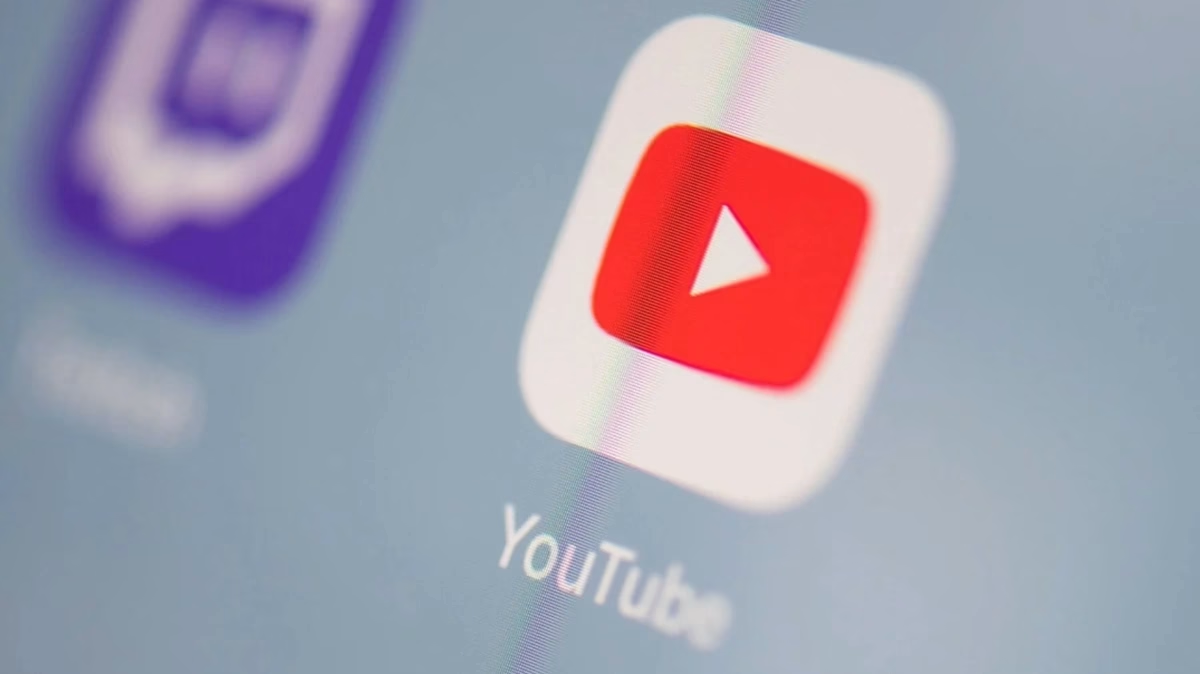YouTube Elevates Livestream Age to 16: A Deep Dive into Online Safety and Creator Impact
Big news dropped recently, and it's certainly got the content creation community buzzing. Starting July 22, YouTube is making a significant change: the minimum age to livestream on the platform will be raised from 13 to 16. This isn't just a minor tweak; it's a pretty substantial shift that reflects a growing global conversation around online safety for younger users. But why now, and what does it really mean for the platform, its young creators, and the broader digital landscape? Let's unpack it.
The Policy Shift: What's Changing, and When
So, the core of it is simple: as of July 22, 2025, if you're under 16, you won't be able to go live on YouTube without adult supervision. Period. This isn't some regional pilot program either; it's a global rollout, affecting every corner of the world where YouTube operates. Previously, the age limit for livestreaming was 13, aligning with regulations like the Children's Online Privacy Protection Act (COPPA) in the US. Now, YouTube's effectively extending that protective umbrella to a wider age group.
This move has been reported by multiple reputable sources, from tech giants like Engadget and Android Authority to news outlets like India Today. It's a confirmed, concrete policy change. For many, it's a move that was a long time coming.
Why the Age Hike? Unpacking the Safety Imperative
The decision to raise the livestreaming age isn't arbitrary. It comes amidst increasing scrutiny on how social media platforms manage the safety and well-being of their younger users. We've all seen the headlines, haven't we? Concerns about teen harassment, exploitation, and exposure to inappropriate content online are at an all-time high. Regulatory bodies worldwide are pushing for stricter guidelines, and platforms are, in many ways, playing catch-up.
YouTube's decision is a direct response to these growing anxieties. Livestreaming, by its very nature, is immediate and unedited. It offers a direct, unfiltered connection between creator and audience, which, while powerful, also presents unique vulnerabilities for minors. Think about it: a live stream can expose a young person to real-time comments, direct messages, and interactions that are far harder to moderate than pre-recorded content. It’s a wild west out there sometimes, and platforms are realizing they need to put up more fences. This policy aims to mitigate those risks, providing a safer environment for teens who are still developing their digital literacy and resilience.
The Ripple Effect: Impact on Young Creators and Content Diversity
Now, here's where things get a bit more nuanced. While the safety aspect is paramount, we can't ignore the impact this will have on the vibrant community of young creators who've found their voice on YouTube. Many aspiring streamers, particularly those in the 13-15 age bracket, have built significant followings and even careers through live content. For them, this policy is a roadblock.
Will it stifle creativity? Perhaps for some, initially. But it might also encourage new forms of collaboration. We could see more young creators partnering with parents or older mentors to produce supervised live content, potentially leading to more polished, thoughtful streams. It's a challenge, for sure, but also an opportunity for innovation in how young people engage with live media. The platform might see a temporary dip in live content from this age group, but the long-term goal is a healthier, more sustainable creator ecosystem. And frankly, that's a trade-off many of us are willing to make for safety.
Shifting Content Dynamics
This change could also subtly shift the type of content we see. If younger teens can't go live solo, maybe they'll focus more on pre-recorded videos, which offer more control and editing opportunities. Or perhaps, as mentioned, they'll explore co-streaming with adults. It's an interesting social experiment, isn't it? The platform's diversity might evolve, but hopefully, not diminish.
Broader Implications for Online Safety and Industry Standards
YouTube's move isn't happening in a vacuum. It sets a precedent. When a platform of YouTube's scale makes such a significant policy change, other social media giants take notice. Could we see TikTok, Twitch, or Instagram follow suit with similar age restrictions for live features? It's highly probable. This could mark a broader industry trend towards a more cautious approach to live content involving minors.
It also highlights the ongoing tension between open access and user protection. Platforms want to be accessible, but they also have a responsibility to protect their most vulnerable users. This policy is a clear statement that, for YouTube, protection is winning out in this particular arena. It's a step towards better safeguarding minors on digital platforms, and it's a conversation that needs to keep happening.
Navigating the New Landscape: What's Next?
For parents, this policy offers a bit more peace of mind. It reinforces the idea that active parental involvement is crucial in a child's digital life. For young creators, it means adapting. It means understanding the rules, and perhaps, getting creative about how to continue sharing their passions within the new guidelines.
Ultimately, YouTube's decision to raise the minimum age for livestreaming to 16 is a proactive, and in my opinion, necessary step. It reflects a growing understanding of the complexities and risks associated with online interaction for developing minds. While it presents challenges for some, the overarching goal of enhancing online safety for minors is a worthy one. It's a reminder that the digital world is constantly evolving, and so too must the rules that govern it.
